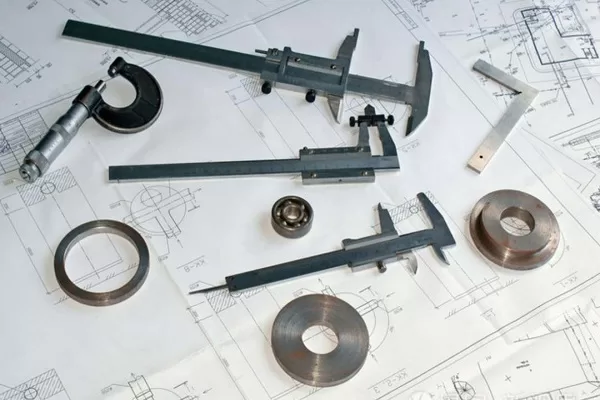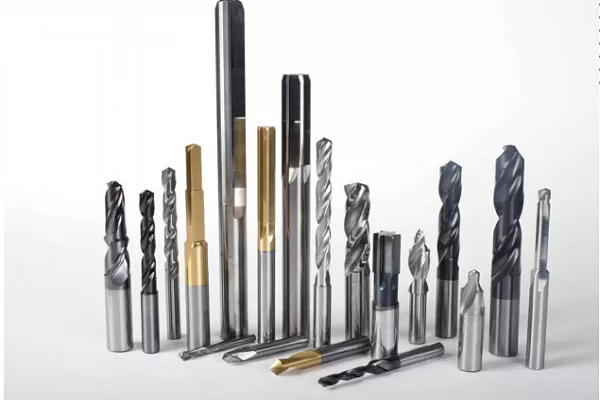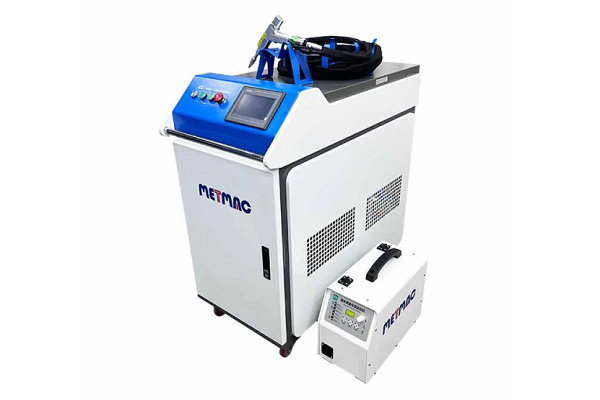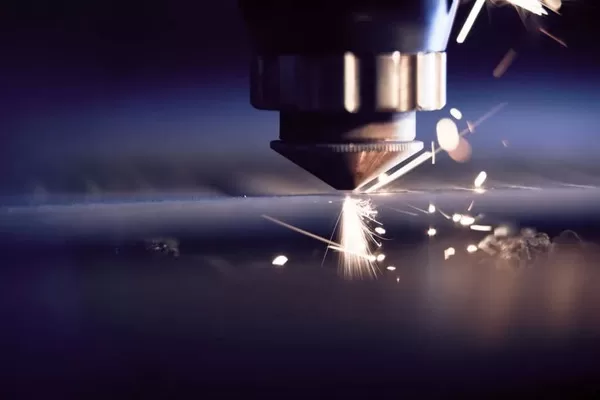
From Flat to Formed- Transforming Metal Sheets with Curving Machines
- By:Metmac
- 2024-05-08
- 92
Introduction
In the world of fabrication, metal sheets play a crucial role as versatile materials used in countless applications. Shaping these sheets from flat to formed is a key process that adds value, improves functionality, and opens up endless design possibilities. Among the various techniques employed for this transformation, curving machines stand out as indispensable tools that empower manufacturers to create complex and precise forms for a wide range of industries. This article explores the transformative power of curving machines and their pivotal role in shaping metal sheets into intricate and functional structures.
Bending: The Foundation of Sheet Metal Forming
The core operation performed by curving machines is bending, which involves applying controlled force to a metal sheet to create a curved shape. This process involves carefully calculated parameters such as the radius of curvature, bend angle, and material properties to achieve the desired result. By precisely bending the sheet at specific points, manufacturers can create a vast array of shapes, from simple angles to complex curves, tailored to specific design requirements.
Embossing: Adding Depth and Detail
Embossing is another essential technique enabled by curving machines. This process involves pressing a pattern or design onto the surface of a metal sheet, creating raised or indented features. Embossed sheets are often used in applications where aesthetics, branding, or functional enhancements are paramount, such as decorative panels, automotive trim, and medical devices. By combining embossing with bending, manufacturers can create intricate and visually striking three-dimensional forms that elevate the functionality and appearance of their products.
Rolling: Shaping Long and Continuous Sheets
Rolling involves passing a metal sheet through a series of rollers to achieve a continuous curvature. This process is commonly used for large panels, such as roofing sheets, siding panels, and automotive body components. By carefully controlling the roller geometry and speed, manufacturers can produce sheets with uniform curvature, ensuring structural integrity and aesthetic appeal. The versatility of rolling makes it suitable for applications ranging from architectural cladding to transportation systems.
Stretching: Elongating and Reshaping
Stretching is a specialized curving technique that involves applying tensile force to a metal sheet while simultaneously bending it. This process results in the elongation of the sheet, creating shapes that would be difficult or impossible to achieve through conventional bending methods. Stretching is particularly advantageous for fabricating lightweight and high-strength components, such as aircraft wings, automotive panels, and structural supports.
Conclusion
Curving machines play an indispensable role in transforming flat metal sheets into formed structures that drive innovation and enhance functionality across diverse industries. Their ability to bend, emboss, roll, and stretch metal sheets empowers manufacturers to create intricate and precise shapes that meet the exacting demands of modern design. By harnessing the transformative power of curving machines, manufacturers unlock a world of possibilities, enabling them to produce products that are not only aesthetically pleasing but also structurally sound and highly functional. As the future of fabrication evolves, these machines will undoubtedly continue to be essential tools, shaping the metal landscape and driving the creation of innovative and advanced products.
-
The Advantages of Using a Sheet Roll Forming Machine in Manufacturing
2024/09/14 -
How to Optimize Your Laser Sheet Cutting Machine for Maximum Performance
2024/09/12 -
How to Maximize Efficiency with Modern Sheet Metal Working Machines
2024/09/04 -
The Environmental Benefits of Using Duct Board Grooving Machines
2024/09/03
-
Innovations in Steel Strip Slitting Machine Design and Technology
2024/05/11 -
Improving Accuracy in Metal Fabrication with Laser Metal Shear Machines
2024/05/11 -
Latest Technological Advancements in Rectangular Duct Machines
2024/05/11 -
Integrating Automation with Rectangular Duct Machines for Enhanced Productivity
2024/05/11
-
A Guide to the Latest Innovations in Sheet Metal Folding Machines
2024/11/29 -
Key Features to Consider When Investing in a Sheet Metal Folding Machine
2024/11/28 -
Enhancing Precision with Advanced Sheet Metal Folding Machines
2024/11/27 -
How to Choose the Right Sheet Metal Folding Machine for Your Workshop
2024/11/26



